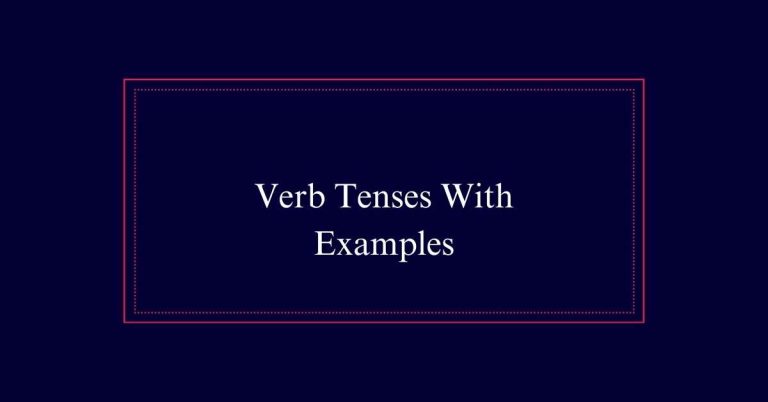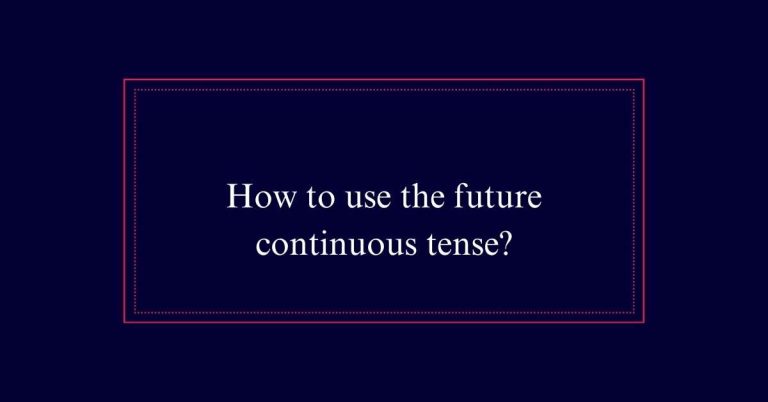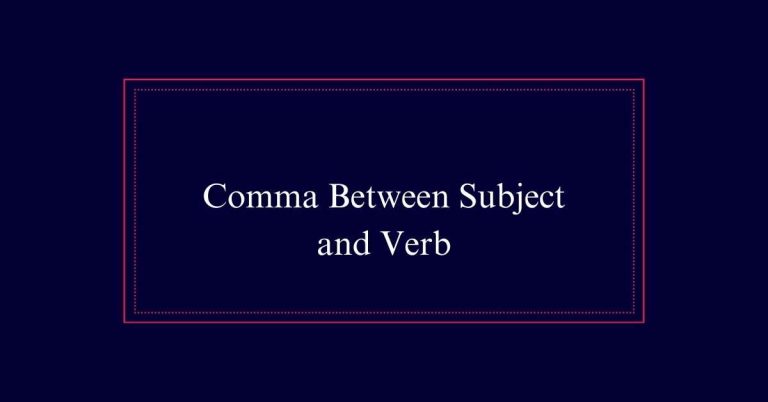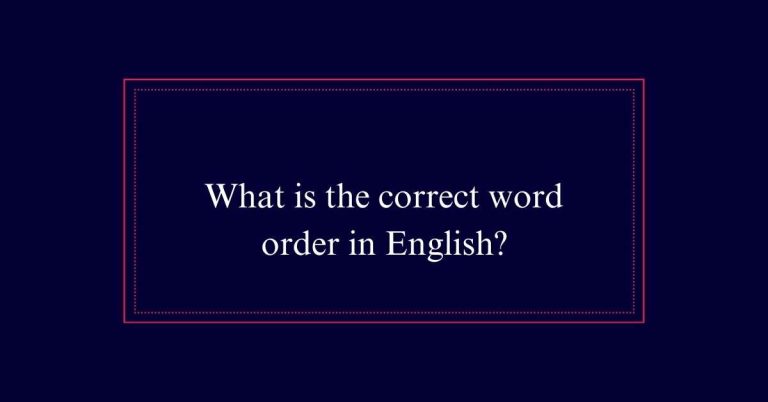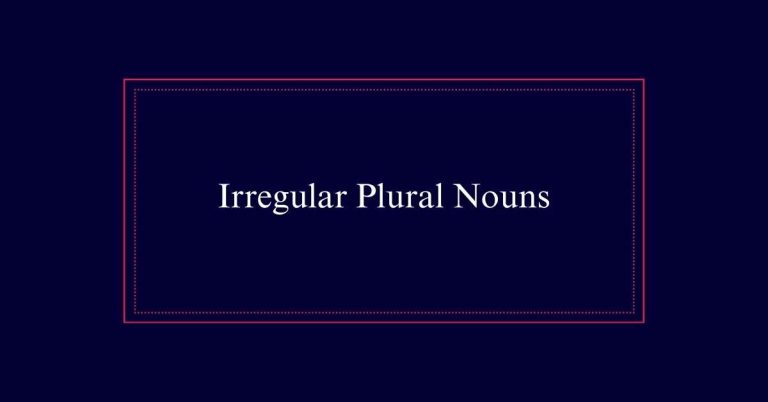What Part of Speech Is “By”?
The word ‘by’ is a versatile term in English, serving multiple roles depending on context. Primarily, it functions as a preposition, connecting nouns or pronouns to other words and indicating relationships like agency, method, or proximity (e.g., “written by the author”). It also operates as an adverb, modifying verbs or adjectives to show manner or place (e.g., “He walked by quickly”).
Occasionally, ‘by’ is used as a noun, indicating a period being passed over or lesser priority, such as in “bye week” in sports.
Understanding ‘By’
Understanding ‘By’ involves exploring its varied roles as an adverb, preposition, and noun. As a part of speech, ‘by’ serves many functions. It can mean ‘according to,’ ‘to go past,’ or ‘something being passed over.’ Its uses include identifying agency, means, margin size, time limit, or location.
For instance, it can describe how someone climbed Half Dome, how a hummingbird flies, or how a window is opened. Additionally, ‘by’ can illustrate winning a marathon or improving performance. By examining its context, one can see its varied applications. Each role provides clarity and precision in communication, making ‘by’ an essential part of the English language. Understanding these functions requires careful reading and listening.
‘By’ as an Adverb
Examining ‘by’ as an adverb reveals its role in modifying verbs, adjectives, or adverbial phrases. It often indicates the place or manner where an action occurs.
For example, in ‘He passed by quietly,’ ‘by’ modifies the verb ‘passed,’ suggesting a specific manner of passing. Additionally, ‘by’ can show movement from one place to another, such as in ‘Summer flew by,’ where it underscores the swift passage of time.
In these contexts, ‘by’ provides clarity and nuance to the action or description being conveyed. Understanding ‘by’ as an adverb helps to grasp its function in enhancing the meaning of other words in a sentence, offering a more precise depiction of events or states.
Adverb Examples
In illustrating ‘by’ as an adverb, consider the sentence, ‘He walked by quickly,’ where ‘by’ modifies the verb ‘walked’ to indicate the manner of walking.
Adverbs often provide more detail about how an action is performed. For instance, in ‘The car drove by slowly,’ ‘by’ modifies ‘drove’ to show the car’s movement.
Another example is ‘She hurried by,’ where ‘by’ indicates the manner of hurrying. This usage shows ‘by’ in the context of movement or passing. It helps to create a clearer picture of the action taking place.
These examples demonstrate how ‘by’ functions as an adverb, enhancing the verb with additional descriptive detail about the action’s manner or pace.
‘By’ as a Preposition
Shifting focus from its role as an adverb, ‘by’ is most frequently used as a preposition in English. As a preposition, it connects a noun or pronoun to another word in the sentence, providing context.
The meanings of ‘by’ can vary depending on its usage. It can indicate the source or agent performing an action, such as ‘written by the author.’ It may denote a method, like ‘travel by train.’
Additionally, ‘by’ can signify proximity, as in ‘stand by the door,’ or a time limit, such as ‘complete the task by Monday.’ Understanding these different contexts helps in grasping the versatile use of ‘by’ as a preposition.
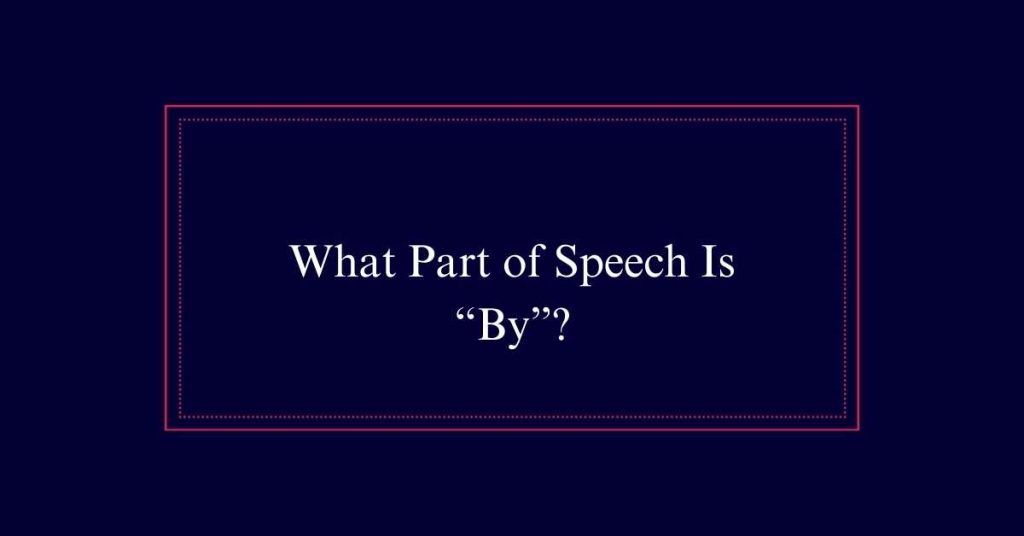
Preposition Examples
To illustrate ‘by’ as a preposition, consider the phrase ‘written by the author,’ where it indicates the agent performing the action. ‘By’ frequently shows how something occurs or who does it. For example, in ‘travel by train,’ it indicates the method of travel. In ‘stand by the door,’ it shows proximity.
Here are more examples:
| Phrase | Meaning |
|---|---|
| Created by the artist | Shows the creator |
| Finished by noon | Indicates a time limit |
| Protected by a fence | Shows means of protection |
‘By’ as a Noun
‘By’ as a noun often refers to something of secondary importance or a period being passed over, such as a ‘bye week’ in sports. This usage is less common but still significant. Here are three key points to understand this application:
- Secondary Importance: ‘By’ can denote a lesser priority or something not immediately essential.
- Intermission: In sports and other contexts, ‘by’ can signify a scheduled break or rest period.
- Omission: It may also indicate something that is intentionally or routinely skipped.
Noun Examples
In understanding ‘by’ as a noun, consider its use in sports terminology, such as a ‘bye week’ where a team has no scheduled games. This term signifies a period when a team is not playing, often providing rest.
Another example is ‘bye’ in tournaments, where a competitor automatically advances to the next round without playing. This usage highlights the concept of being passed over or given a pass.
These examples illustrate how ‘by’ functions as a noun, emphasizing periods of inactivity or automatic progression in competitive contexts. Such uses are significant but reveal the versatility of ‘by’ in the English language.
Additional Uses
Additional applications of ‘by’ encompass various idiomatic expressions and phrases. These uses often add color and context to language, enhancing communication.
Here are three notable examples:
- By heart: This means to memorize something thoroughly. For example, ‘She knows the poem by heart.’
- By the book: This phrase means following rules strictly. For instance, ‘He does everything by the book, ensuring no mistakes.’
- By and large: This idiom means generally or mostly. For example, ‘By and large, the project was a success.’
Common Phrases
Common phrases using the word ‘by’ enrich the English language with vivid expressions and idioms.
For instance, ‘by the way’ introduces additional information.
‘By the book’ means following rules strictly.
‘By heart’ indicates memorizing something completely.
The phrase ‘by and large’ is used to mean generally or on the whole.
‘By the seat of one’s pants’ refers to doing something with little planning or experience.
These idiomatic expressions make communication more colorful and precise. They illustrate how versatile and integral the word ‘by’ is in everyday language, helping to convey complex ideas succinctly.
Context Matters
The meaning and function of the word ‘by’ depend heavily on the context in which it is used. It can serve different grammatical roles and convey various meanings.
For example:
- Preposition: It often connects a noun to another word, indicating method, time, or location. Example: ‘The book was written by the author.’
- Adverb: It can modify verbs, adjectives, or other adverbs, indicating movement or position. Example: ‘She walked by quietly.’
- Noun: Less commonly, it denotes something secondary or a period without scheduled activities. Example: ‘The team has a bye this week.’
How Is the Word “By” Used in Prose Writing?
By” is a versatile word in prose writing. It can indicate the method or means of achieving something, as in “by using” or “by following.” It also signifies authorship, as in “by Shakespeare.” In some cases, it denotes time or location, such as “by noon” or “by the river.” The meaning and examples of prose demonstrate the various ways “by” can be used effectively in writing.
Frequently Asked Questions
Can ‘By’ Be Used at the Beginning of a Sentence?
Yes, “by” can start a sentence. It often introduces a prepositional phrase, indicating method, time, or place. For example, “By next week, we will finish the project,” or “By train, it is faster.”
Are There Any Synonyms for ‘By’ in Different Contexts?
Yes, there are synonyms for “by” depending on the context. These include “via” for method, “near” for proximity, “before” for time limits, “according to” for rules, and “through” for means.
Can ‘By’ Be Used in Formal Writing?
Yes, “by” can be used in formal writing. It serves various functions, such as indicating agency, method, or time. Its versatility and clarity make it suitable for academic, professional, and legal documents.

